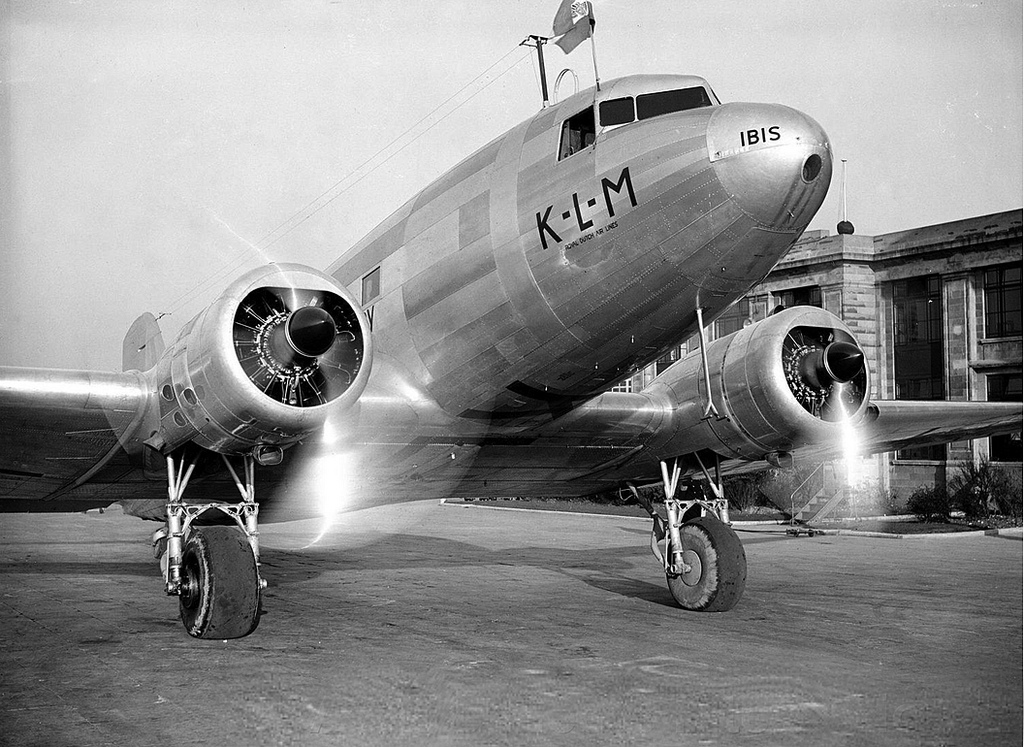
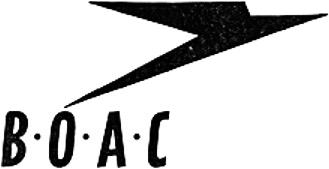 1 June 1943: British Overseas Airways Corporation (BOAC) Flight 777-A was a scheduled passenger flight from Lisboa-Portela de Sacavém Airport, in neutral Portugal, to Whitechurch Airport, Bristol, England. The airplane was a Koninklijke Luchtvaart Maatschappij N.V. (KLM Royal Dutch Airlines) Douglas DC-3-194 twin-engine, 21-passenger commercial airliner, serial number 1590, with British registration G-AGBB.
1 June 1943: British Overseas Airways Corporation (BOAC) Flight 777-A was a scheduled passenger flight from Lisboa-Portela de Sacavém Airport, in neutral Portugal, to Whitechurch Airport, Bristol, England. The airplane was a Koninklijke Luchtvaart Maatschappij N.V. (KLM Royal Dutch Airlines) Douglas DC-3-194 twin-engine, 21-passenger commercial airliner, serial number 1590, with British registration G-AGBB.
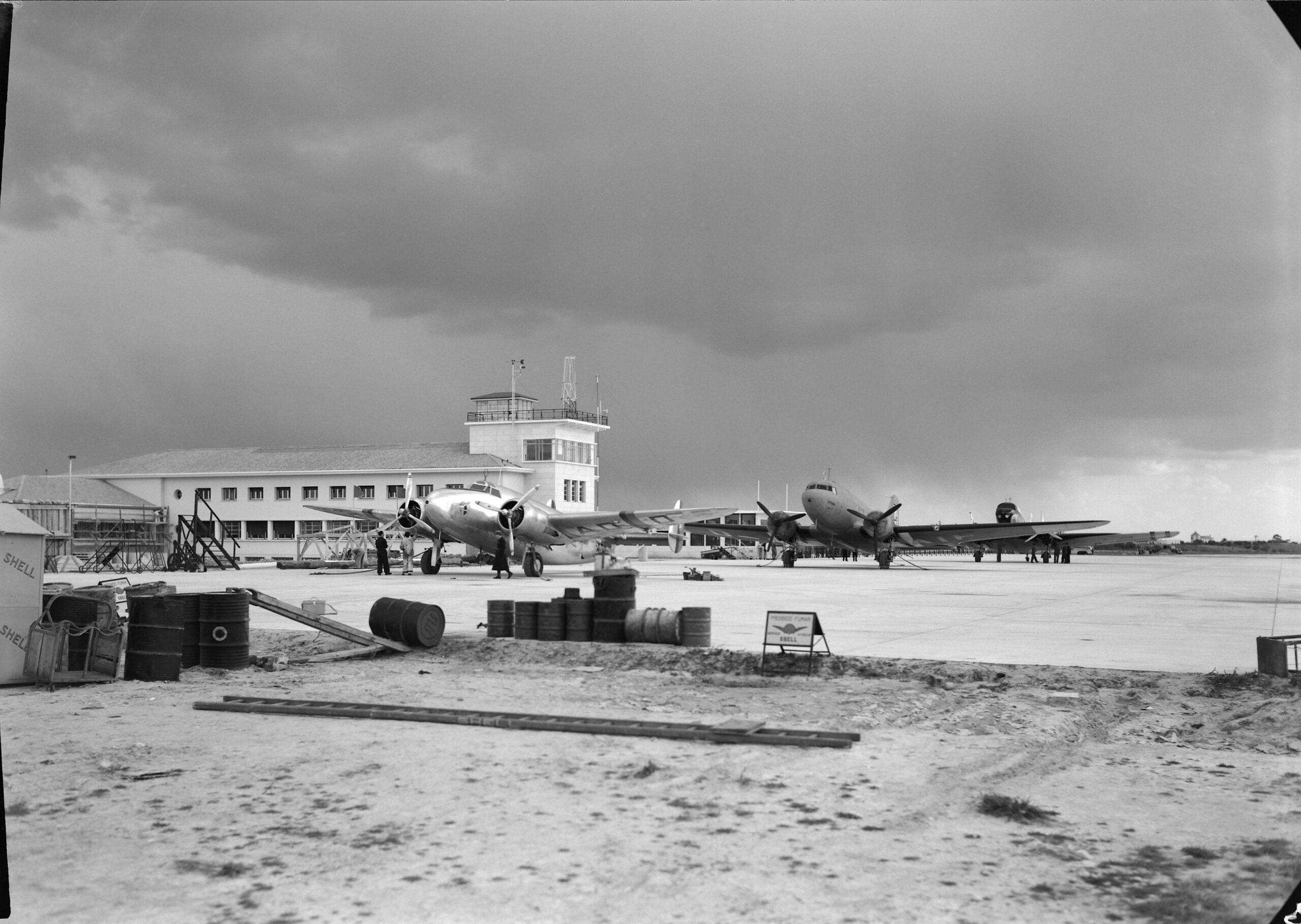
The DC-3 had been delivered to KLM by ship, the Holland-America passenger liner, SS Statendam, which arrived 11 September 1936. The airliner was assigned Netherlands registration PH-ALI and named Ibis. It was the first of ten DC-3s ordered by KLM, and it regularly flew a London–Amsterdam–Berlin schedule.
KLM’s DC-3s were configured with a three-seat flight deck. A third seat was placed behind the first pilot, for use by a radio operator/navigator. A chart table was behind the second pilot’s seat.
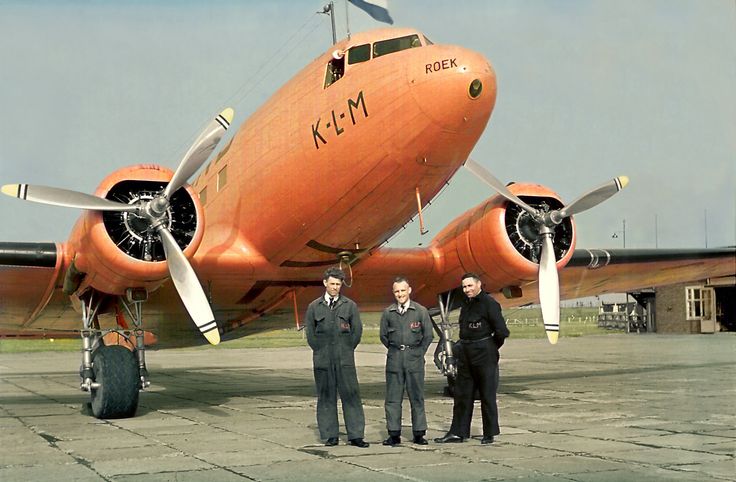
When Germany invaded Holland in May 1940, Ibis was flown to England and was then leased to BOAC. Once in England, it was re-registered G-AGBB. Although it remained a civil aircraft, Ibis was painted in the standard Royal Air Force dark green, dark brown and gray camouflage. The original KLM flight crew continued to fly the airliner for BOAC.
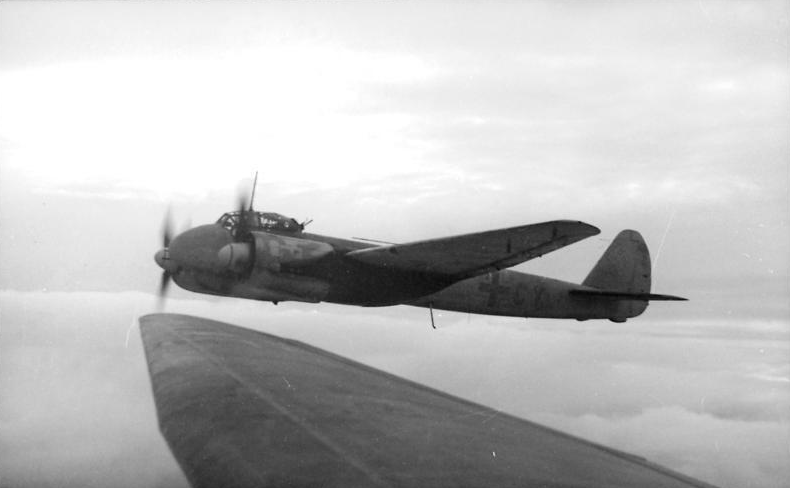
At about 12:45 p.m., a flight of eight Junkers Ju 88C fighters, which were patrolling the Bay of Biscay to protect transiting U-boats, encountered the camouflaged DC-3 and shot it down.
All those aboard, 13 passengers and 4 crew members, were killed. Actor, director and producer Leslie Howard, who portrayed “Ashley Wilkes” in the 1939 motion picture, “Gone With The Wind,” and R. J Mitchell, designer of the Supermarine Spitfire, in 1942’s “First of the Few,” was one of the passengers who died.

Ibis had been attacked by German fighters on two previous occasions. On 15 November 1942 a Messerschmitt Bf-110 twin-engine fighter damaged it. On 19 April 1943, six Bf-110s attacked. Both times the DC-3 had been damaged but was able to land safely.
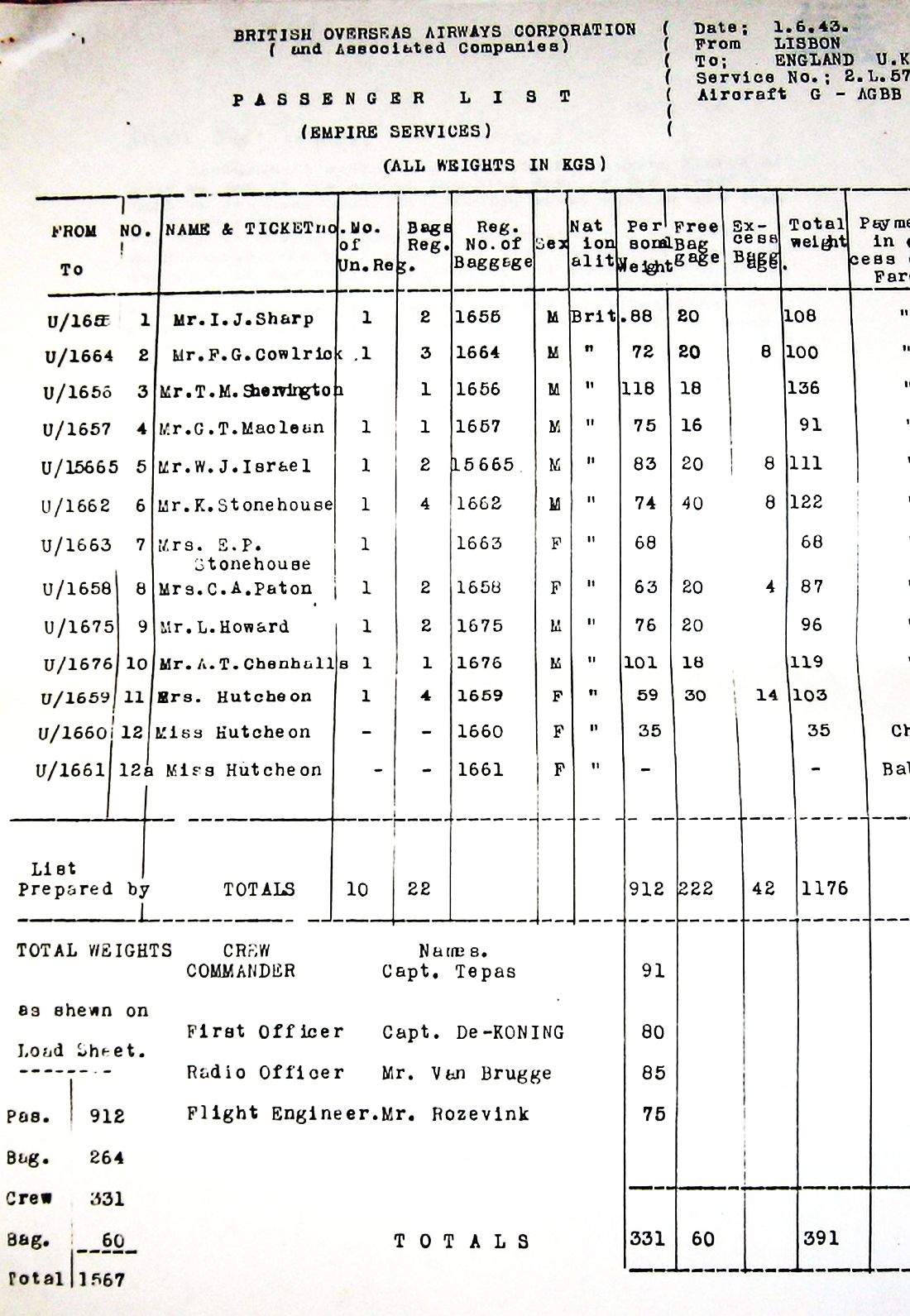
© 2019, Bryan R. Swopes
It was strongly believed at the time that this was no regular air attack by the Germans, but an assassination of one of the passengers, most likely W.J Israel. Wilfred Israel as a Jewish leader in London working on the creation of the Israel state. It may have been the British intelligent services which excecated this attack. At the time The British intelligent services, unfortunately, were known to execute such acts. Leslie Howard was a ghastly side effect, although, both men probably knew each other.
Note: My Father Eric Lucas OBE was a personal friend of Wilfred Israel.
this was enlightening to me, the details about Leslie Howard’s tragic flight and the others of course. I knew he had been shot down on such a flight but the original passenger manifest and crew , aircraft and so on make it more starkly real. Thanks very much for this post.
Excecate means to blind … assume Mr Lucas means execute ! In which case this is another case of conspiration theorists going wild … If the Bristish wanted to get rid of Mr Israel, they had many other means of doing so, without collateral damage. Also I seem to remember the Luftwaffe actually claimed this attack – so it would have been carried out by the Germans on British orders ? Come on …
Maybe they should have left the civilian aircraft in its very distinct orange pre-war paint job, rather than having it changed to this Royal Air Force dark green.
I agree. It seems insane to paint an airliner as a military aircraft – especially during wartime. What were they thinking?
The manifest is interesting. They have weights for all the passengers (well, luggage too). I suppose this was normal protocol for aircraft weight and balance. I wonder if passengers were reluctant to be weighed or just accepted it as the norm, as we do metal detectors.
For a very long time, airline passengers’ actual weight has far exceeded the “standard weight” used to calculate gross weight and center of gravity. TDiA understands that there is currently a program to weigh a set number of passengers to establish a new standard weight.